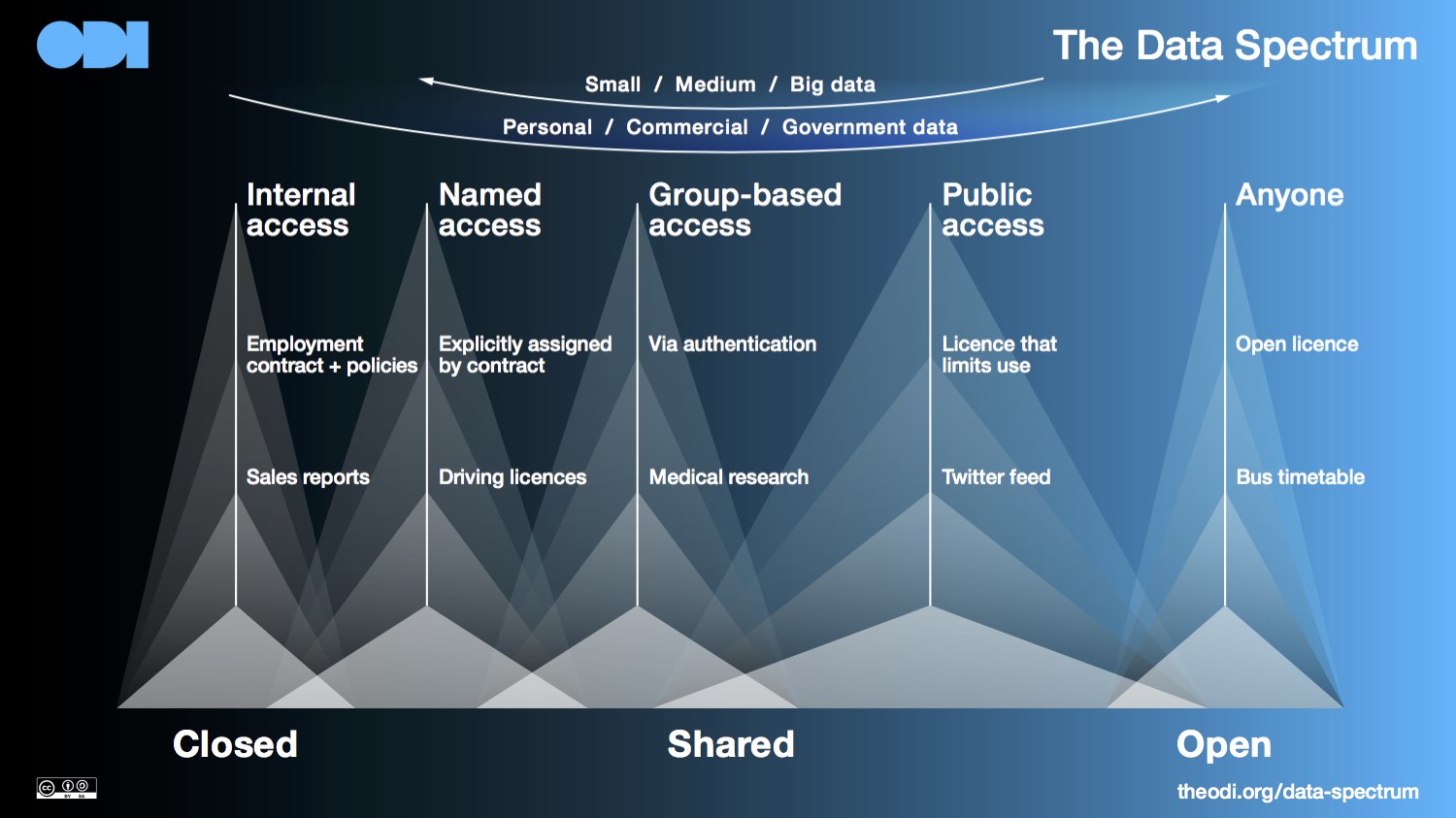
Innovation in a networked world
Here at APCA we have been thinking about network innovation a lot lately – not least because the Reserve Bank is also thinking about it, in their Strategic Review of Innovation in the Payments System.
There is a lot of management theory on innovation: diffusion of innovations, disruptive and sustaining innovation, even plenty of recent thinking about clustering of expertise and innovation networks (not the same thing as innovation IN networks, by the way).
But none of the theory I’ve read so far really grapples with the special problems of services that have a network effect – ie where the number and kind of other users of a service affect its attractiveness to any one user. Payments is a classic network service – merchants want to accept a card with the biggest possible issued base (or perhaps issued to lots of high net worth people); consumers want a card that is accepted in every shop near their home, and so on.
Network effects undoubtedly make it harder for innovations to take off. In the payments industry, there are no shortage of genuinely great ideas that if widely adopted, would offer a material improvement on current services. But that ‘widely adopted’ is a catch-22. The service isn’t going to be attractive to you as a user unless it’s already widely used (ie there are lots of people ready to pay you or be paid by you using the new service), but it can’t become widely used unless customers find it attractive enough to use.
This problem certainly affects mainstream, well-established participants, even if they cooperate well together and implement the service effectively. Take, for example, the UK’s Faster Payments Service, designed to shorten the delay on internet and phone payments from 3 days to near real-time. One would have thought such a compelling value proposition would sell itself to customers, and take off like wildfire. But 2 years after commencement, its volumes remain small relative to the existing 3-day service, with steady but unspectacular growth.
But of course it’s even worse for the alternative and start-up end of the market. A recent article surveyed start-up payment systems internationally between 1990 and 2003, identifying over 150 new services. But only one is still in business today.
If payments innovation is on the agenda, it’s worth exploring why so many failed, and what could be done about it. Quite clearly it is NOT just a question of all providers in the network agreeing to back the new service – although at least that means it will get built.
I want to suggest there are two kinds of approaches which appear promising, albeit both have challenges. The first might be called the ‘PayPal’ gambit, or the Facebook gambit if you prefer. Here, the key is to find a greenfields site for your innovation: that is, a relatively discrete community of users without any real alternative to your proposed service, but a pressing need. This seems to be where you get the ‘wildfire’ effect. Since both nature and economics abhor a vacuum, such communities don’t exist often, or for long. In PayPal’s case, this was online auction buyers and sellers. In Facebook’s, it was lonely college kids far from home. Once you’ve harvested available growth inside your own user community, the attempt can be made to go mainstream.
The second approach is to ride someone else’s rails. Once the basics of a network are built, a new service can at least partially evade the network effect by utilising existing network elements. If there is already a large installed base of card terminals in shops, a new card service has a much easier innovation path than if it has to install its own terminals. But of course, complex fairness and competition policy issues arise. Those who have invested in the original network will not unreasonably demand a return for their cost and risk. From a public policy perspective, we want to encourage service innovators, but we also want to encourage network builders. How do we balance their interests?
A great deal depends on the circumstances. It is clear, however, that even if you are convinced you know exactly what new service is needed in a particular market – picking winners in a competitive marketplace is always chancy – knowing how to get it to critical mass is another thing entirely.


